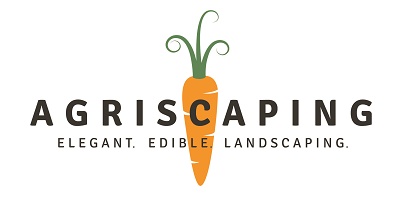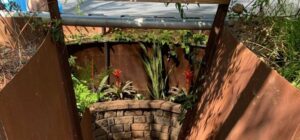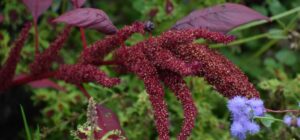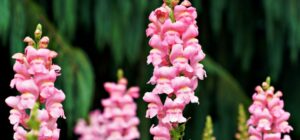Maximize Your Desert Garden: Top-Yielding Fruits, Vegetables, and Herbs
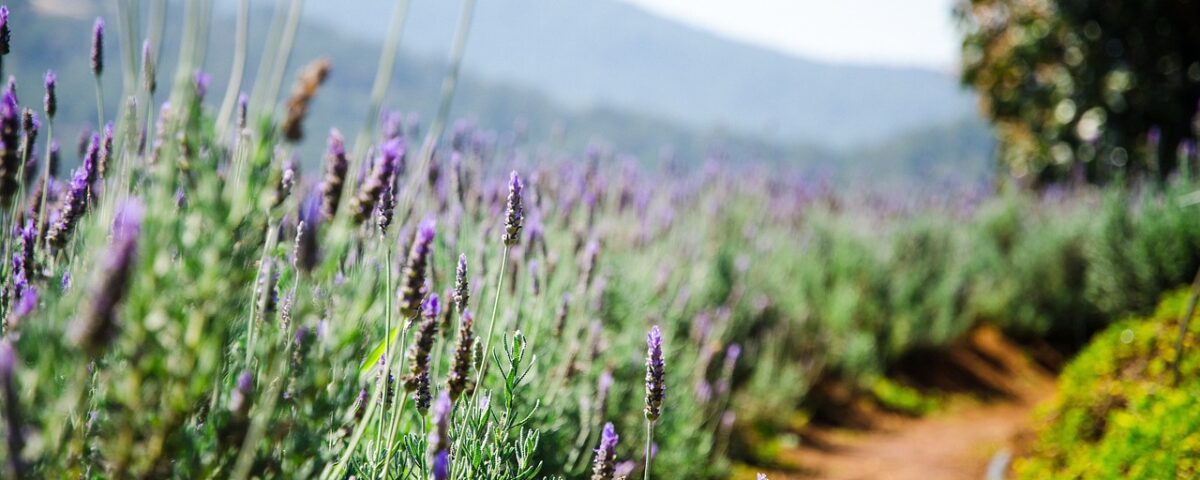
Growing a lush and productive garden filled with top-yielding fruits, vegetables, and herbs in the desert southwest might sound challenging, but it’s entirely possible with the right approach. The extreme heat and arid conditions can make plant selection crucial. You can transform your garden into a thriving, ornamental, edible landscape by choosing top-yielding fruits, vegetables, and herbs. Let’s explore the best options and expert tips to help you get started.
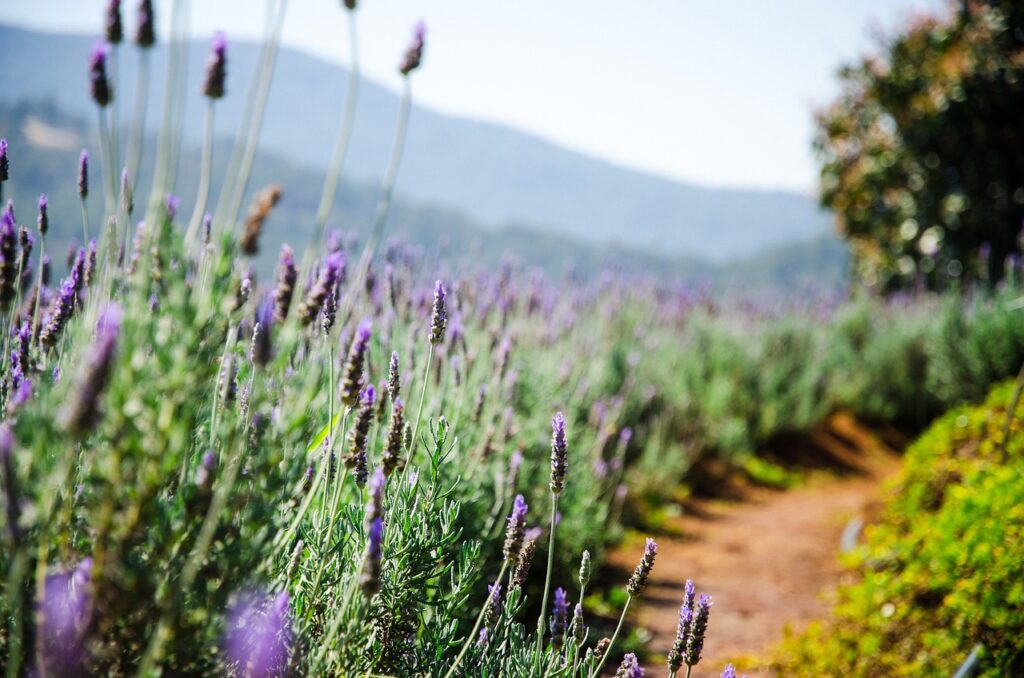
Choosing High-Yielding Fruits for the Desert Southwest
The blazing sun of the desert southwest doesn’t have to limit your fruit-growing dreams. With careful selection and strategic placement, you can enjoy juicy harvests year after year. Our Agriscaping Fruit Tree Guide can help you grow your favorites.
Citrus Fruits
Citrus trees thrive in desert conditions and are among the most rewarding fruit trees for home gardeners. Varieties like lemons, limes, and oranges produce consistently high yields. Plant them in a sunny location with well-draining soil. Mulch around the base to retain moisture and protect roots from heat.
Figs
Figs are heat-loving and drought-tolerant, making them a perfect match for the southwest climate. Look for varieties like ‘Brown Turkey’ and ‘Black Mission.’ Figs require minimal maintenance and reward you with multiple harvests throughout the growing season.
Pomegranates
Pomegranates thrive in hot, dry climates and are incredibly resilient. These hardy trees produce beautiful red fruit packed with antioxidants. They’re also drought-tolerant once established, making them a sustainable choice for desert gardens.
Desert-Adapted Stone Fruits
Look for low-chill varieties of peaches, apricots, and plums. These fruit trees can adapt well to desert conditions with proper care. Prune them annually to maintain healthy growth and encourage abundant fruit production.
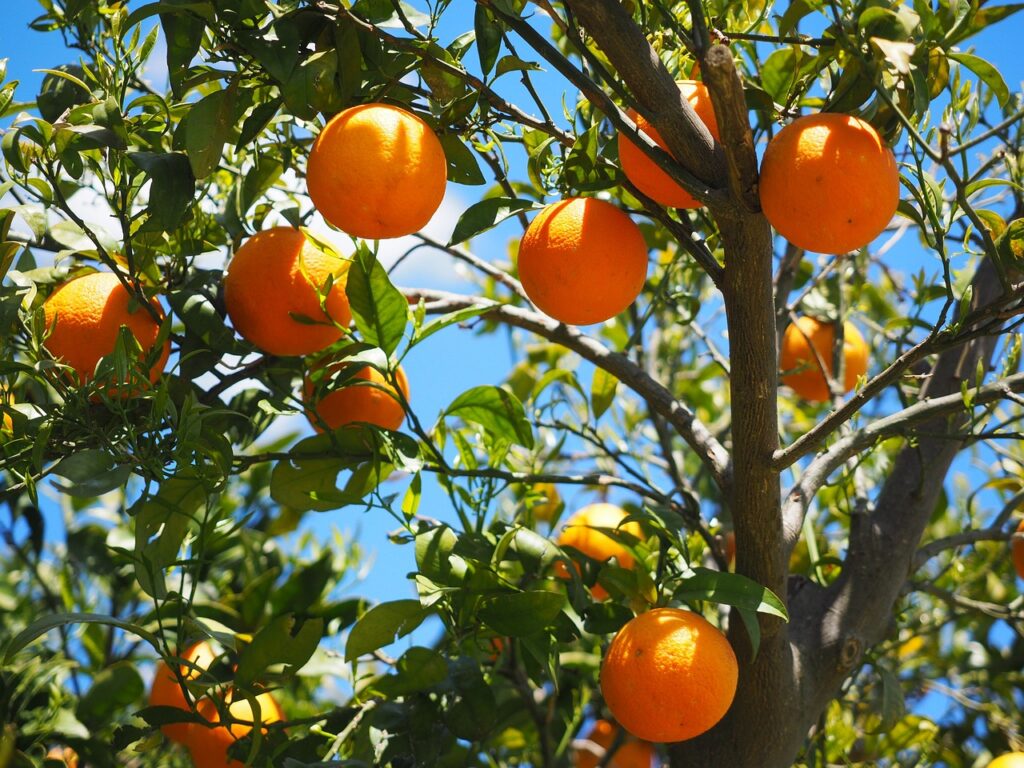
Best High-Yielding Vegetables for Desert Gardens
Growing vegetables in the desert requires planning and heat-tolerant varieties. Fortunately, many options can thrive with the right care.
Tomatoes
Choose heat-resistant varieties like ‘Phoenix’ and ‘Heatmaster.’ Plant them in early spring or fall to avoid the harshest summer heat. Provide shade cloth during extreme temperatures to protect fruit from sunscald.
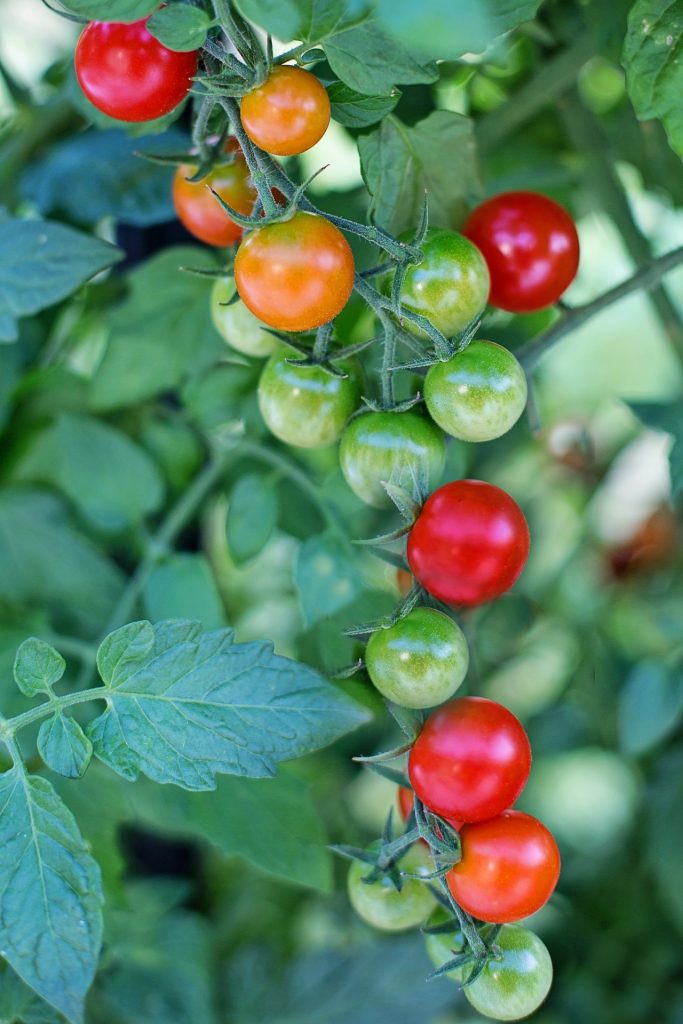
Peppers
Bell peppers, jalapeños, and other chili varieties flourish in desert gardens. They handle heat better than many other vegetables. Keep the soil consistently moist but not waterlogged.
Squash and Zucchini
These prolific plants are desert garden superstars. They produce high yields and grow quickly. Plant in well-draining soil and give them plenty of space to spread.
Green Beans
Bush and pole beans thrive in the desert when planted in the cooler months. Regular harvesting encourages continued production.
Root Vegetables
Carrots, radishes, and beets grow well in desert gardens when planted in early spring or fall. They require loose, well-drained soil and consistent watering.

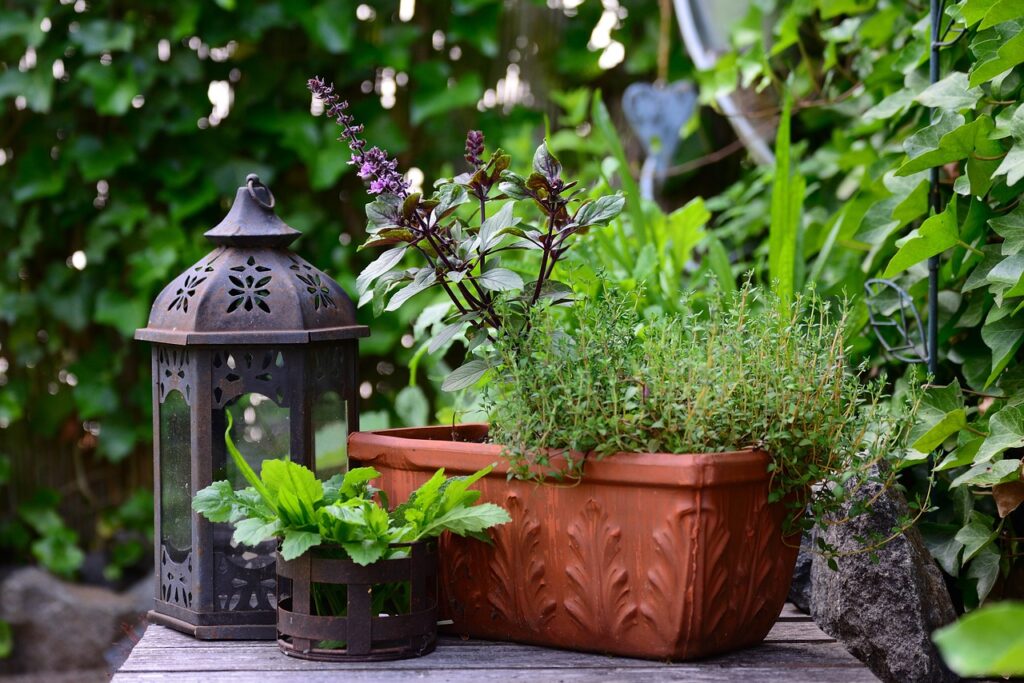
Top-Yielding Herbs for Southwest Gardens
Herbs are essential for any ornamental edible garden. Many thrive in the desert, adding both beauty and flavor to your space.
Basil
Basil loves the heat and produces abundant leaves when watered regularly. Pinch off flowers to encourage continued growth.
Oregano
This hardy herb thrives in poor, well-drained soil and tolerates drought. Oregano spreads quickly, making it a great ground cover option.
Rosemary
Rosemary is a desert garden staple. Its woody stems and fragrant leaves make it both ornamental and practical. Once established, it requires little water.
Thyme
Thyme is drought-tolerant and perfect for filling in garden spaces. Its delicate leaves pack a punch of flavor.
Mint (with Caution)
Mint grows aggressively, so plant it in containers to prevent it from taking over your garden. With regular watering, it produces lush, aromatic foliage.
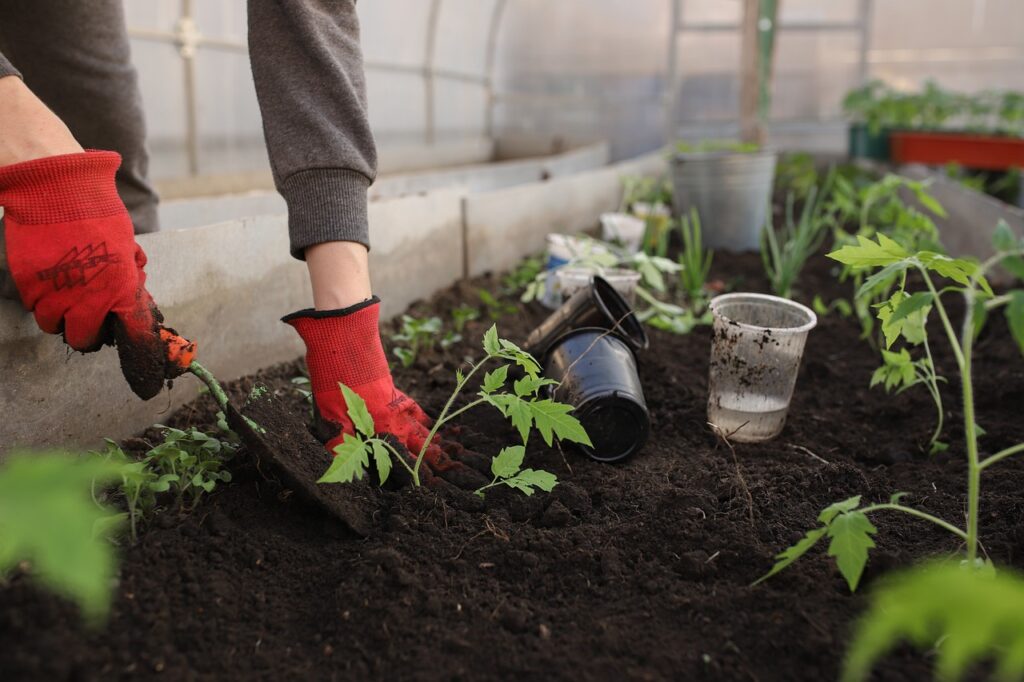
Tips for Maximizing Yields in Desert Gardens
High-yielding plants need the right environment to thrive. Follow these tips to get the most out of your desert garden.
1. Provide Shade and Mulch
The intense desert sun can stress even heat-tolerant plants. Use shade cloth during peak summer months and mulch around plants to retain moisture and regulate soil temperature.
2. Optimize Watering
Water deeply and infrequently to encourage deep root growth. Drip irrigation systems are ideal for delivering water directly to plant roots while conserving water.
3. Amend the Soil
Desert soil often lacks organic matter. Improve it by adding compost and well-rotted manure. This boosts fertility and helps retain moisture.
4. Plant at the Right Time
Timing is crucial in desert gardening. Plant top-yielding fruits, vegetables, and herbs during their preferred seasons to avoid extreme heat.
5. Use Companion Planting
Pairing plants with compatible neighbors can improve growth and yields. For example, basil planted near tomatoes can deter pests and enhance flavor.
6. Protect Against Pests
Desert gardens can attract aphids, whiteflies, and other pests. Use natural solutions like neem oil and companion planting to keep them at bay.
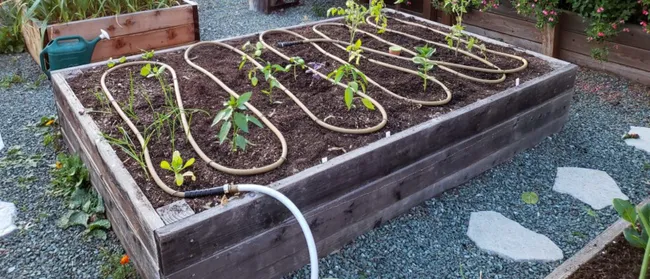
Creating a Sustainable Ornamental Edible Garden
Incorporating top-yielding fruits, vegetables, and herbs into your landscape doesn’t have to compromise beauty. With agriscaping principles, you can design a garden that’s both productive and visually appealing.
Design Tips
- Layer Your Garden: Use fruit trees as the upper canopy, vegetables in the middle layer, and herbs as ground cover.
- Add Color and Texture: Select plants with vibrant foliage and interesting textures to enhance visual appeal.
- Create Paths and Borders: Define garden areas with pathways and borders for a polished look.
Conservation Practices
- Native and Drought-Tolerant Plants: Incorporate native plants alongside your top-yielding fruits, vegetables, and herbs to reduce water usage.
- Rainwater Harvesting: Capture rainwater to supplement irrigation.
- Composting: Recycle kitchen and garden waste to enrich your soil naturally.
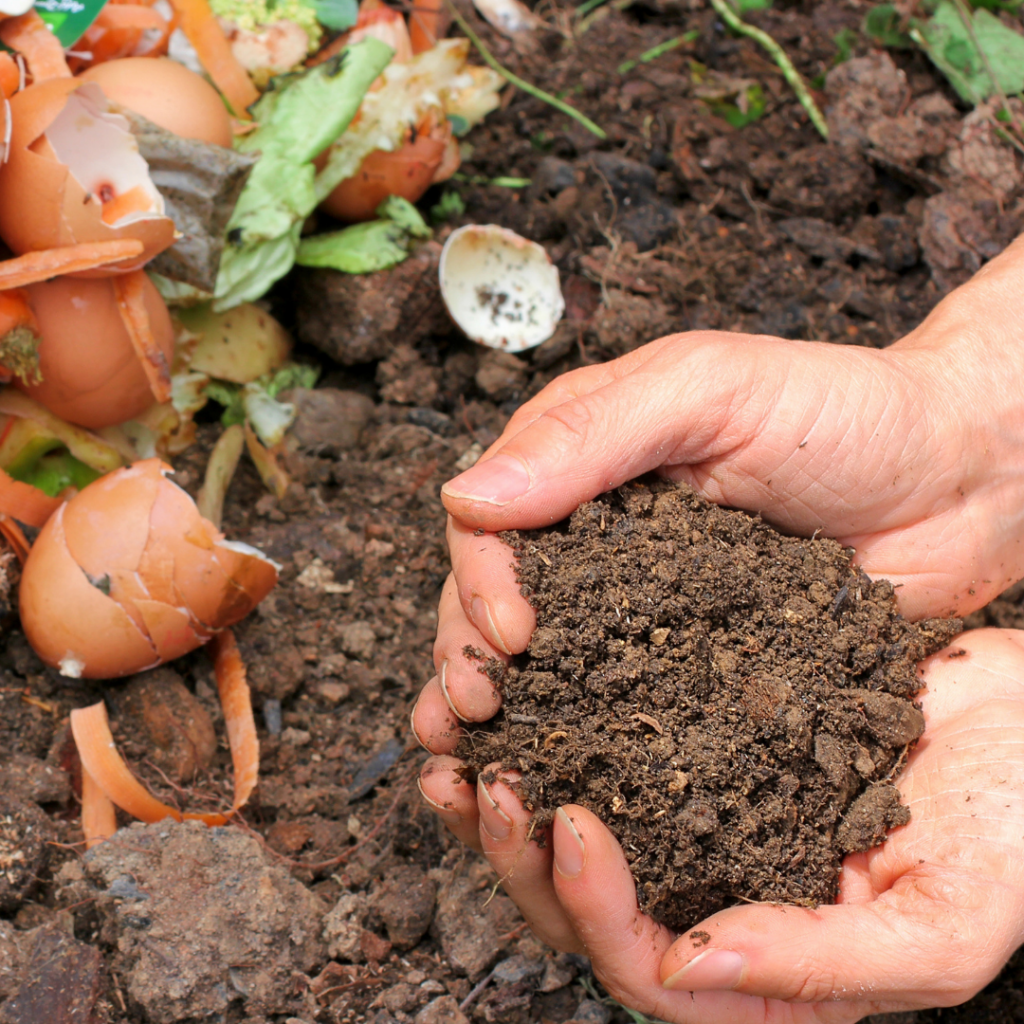
Top-Yielding Fruits, Vegetables, and Herbs Can Make Your Garden More Productive
Maximizing your desert garden’s potential with top-yielding fruits, vegetables, and herbs is achievable with the right approach. By selecting heat-tolerant plants and following expert tips, you can create a thriving, sustainable garden that’s both beautiful and bountiful. Start planning your garden today and enjoy the rewards of fresh, homegrown produce right from your backyard.
Growing a lush and productive garden filled with top-yielding fruits, vegetables, and herbs in the desert southwest might sound challenging, but it’s entirely possible with the right approach. The extreme heat and arid conditions can make plant selection crucial. By choosing top-yielding fruits, vegetables, and herbs, you can transform your garden into a thriving, ornamental edible landscape. Let’s explore the best options and expert tips to help you get started.
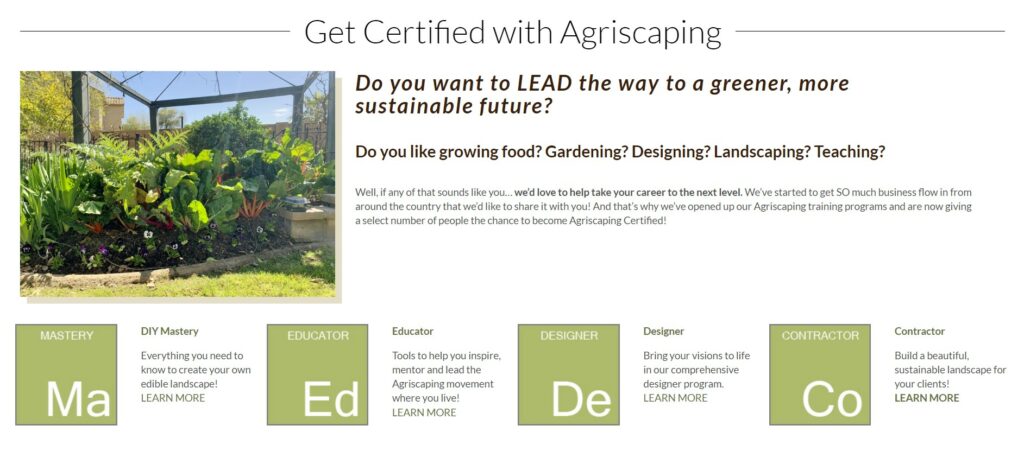
Read Our Latest Posts…
- 7 Garden Design Themes for Your Elegant Edible LandscapeExpert tips for desert gardening, from plant zoning and efficient irrigation to soil care and agriscaping for a sustainable landscape.
- Subterranean Trampoline Gardens: A Hidden Oasis for Growing and PlayingExpert tips for desert gardening, from plant zoning and efficient irrigation to soil care and agriscaping for a sustainable landscape.
- 7 Elegant Edible Flowers To Be Thankful ForExpert tips for desert gardening, from plant zoning and efficient irrigation to soil care and agriscaping for a sustainable landscape.
- Top 10 Winter Wonders: Beautiful and Edible Flowers for the Cool SeasonExpert tips for desert gardening, from plant zoning and efficient irrigation to soil care and agriscaping for a sustainable landscape.
- Create Your Own “Farmacy” with Healing and Aromatic HerbsExpert tips for desert gardening, from plant zoning and efficient irrigation to soil care and agriscaping for a sustainable landscape.
